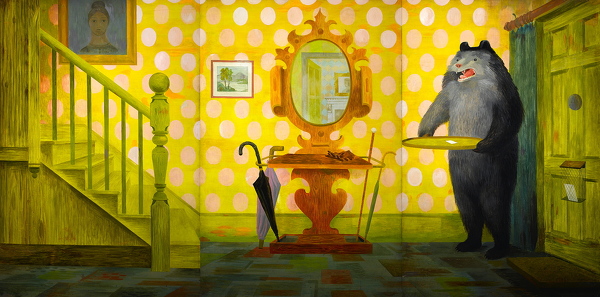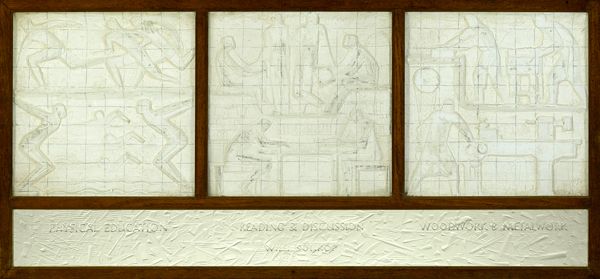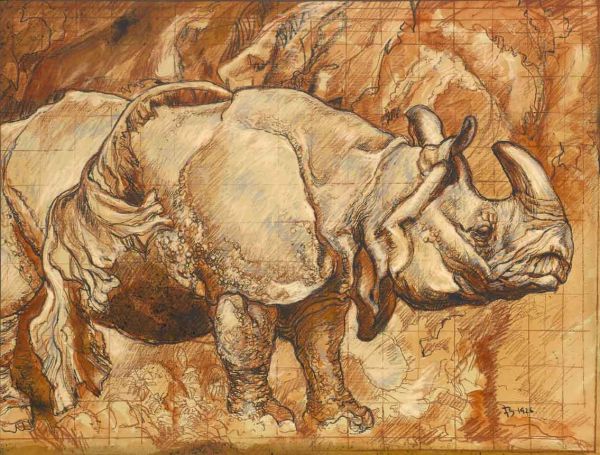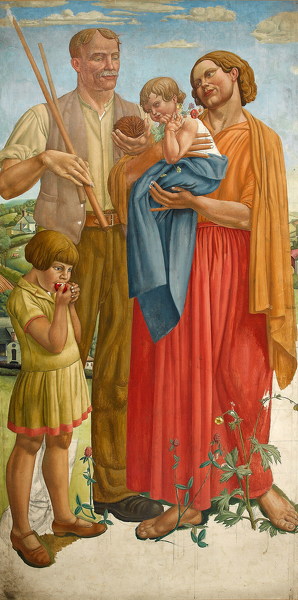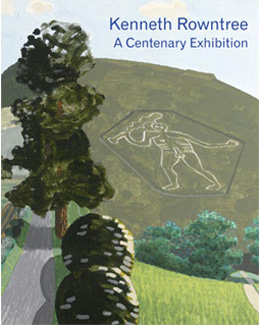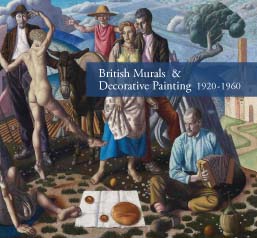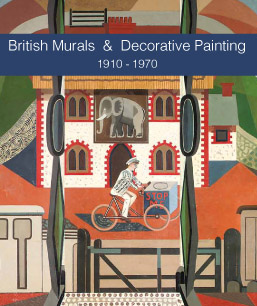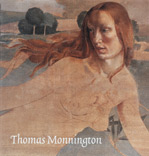British Murals
The murals produced in Britain in the twentieth century remain one of the great inventive achievements of modern British art.
In spite of this they represent an area of research that has been much neglected. Liss Llewellyn have played a central role in encouraging new research and the commissioning of photography to help record a unique part of British heritage which remains today at risk.
Highly original in their approach to design, balancing varying degrees of modernity or tradition, murals demonstrate the creative drive of their makers and contain singular expressions of the aesthetic, personal and social concerns that typify the ages from which they come. Some were celebrations of simple human pleasures, perhaps to decorate a refreshment room, an ocean liner or a dining room. Others were intended to be the highest expressions of their art, ambitious allegorical or decorative compositions that like the frescoes of the Renaissance would speak through the ages to later generations. The individuals and committees who commissioned them similarly believed they would both represent the best that Britain had to offer and mark the high accomplishment of contemporary society, elevating the public and private spaces they occupied and inspiring moral purpose.
 British Murals
British Murals